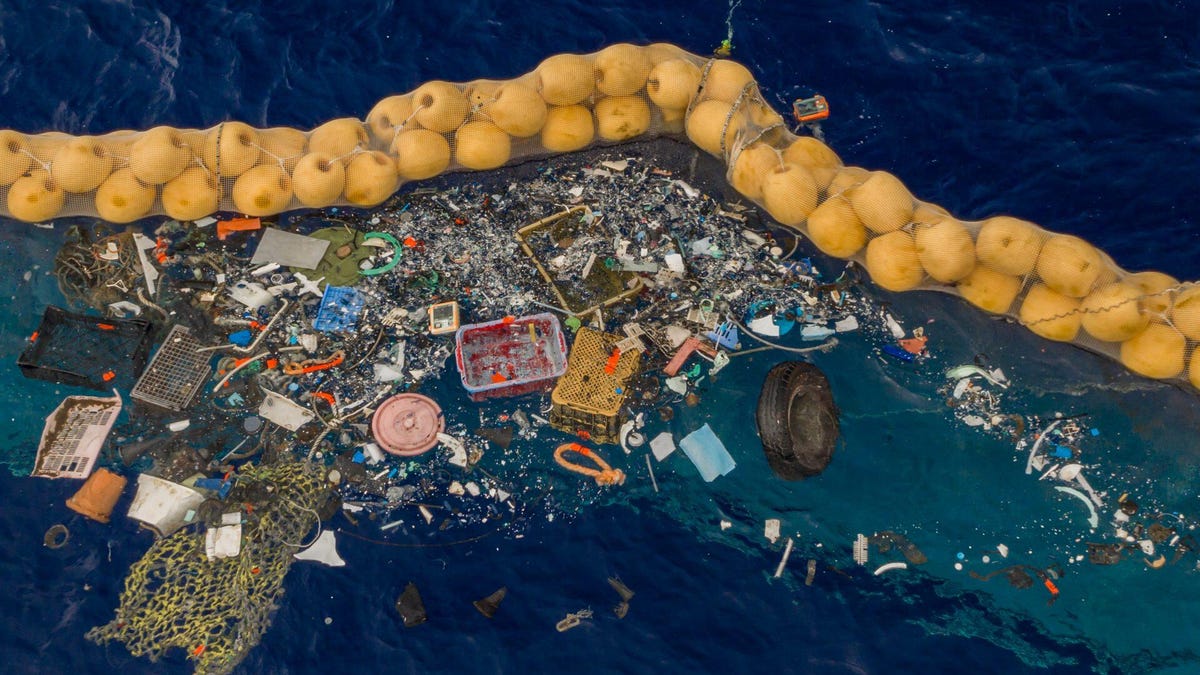Over 25,000 tons of COVID-19 plastic waste is now in the ocean
More than 8 million tons of single-use plastics were generated due to the pandemic, and a hefty portion is threatening the lives of marine animals.

This is just a tiny portion of the trash that's ended up in the oceans.
Researchers have used models to determine that, as of late August, 193 countries collectively produced more than 8 million tons of pandemic-related plastic waste, ranging from masks and hospital equipment to packaging from online shopping generated by increased interest in no-contact purchases.
According to the study, to be published Nov 23 in the journal PNAS, over 25,000 tons of that plastic have ended up in the world's ocean, endangering marine animals.
"The released plastics can be transported over long distances in the ocean, encounter marine wildlife, and potentially lead to injury or even death," a team of climate experts, hailing from China's Nanjing University and from the University of California, San Diego, wrote in the paper.
Separate studies have already suggested that if marine animals accidentally become entangled in pandemic-associated plastic waste, it can contribute to their death.
Trash from human activities has already created what's known as the Great Pacific Garbage Patch, an amalgam of everything from plastic bottles to fishing gear spread over an estimated 1.6 million square kilometers.
The effects of trash in the ocean could be even more widespread. The authors of the new paper say that over a three-year period, the pandemic-generated waste will likely start washing ashore, accumulating on beaches and piling up in coastal sediments, ultimately threatening land-based species, too. If the waste degrades into microplastics, it could also enter the food chain and eventually reach humans.
"This poses a long-lasting problem for the ocean environment," the authors wrote.
Although personal protective equipment, like N95 masks and face shields, contributed to the single-use plastics now scattered around the seas, the team says that the bulk of the material -- 73% -- consists of disposable medical tools. They also conclude that 72% of the plastic waste comes from Asia.
The authors urge better medical waste management in pandemic epicenters, especially in developing countries.

